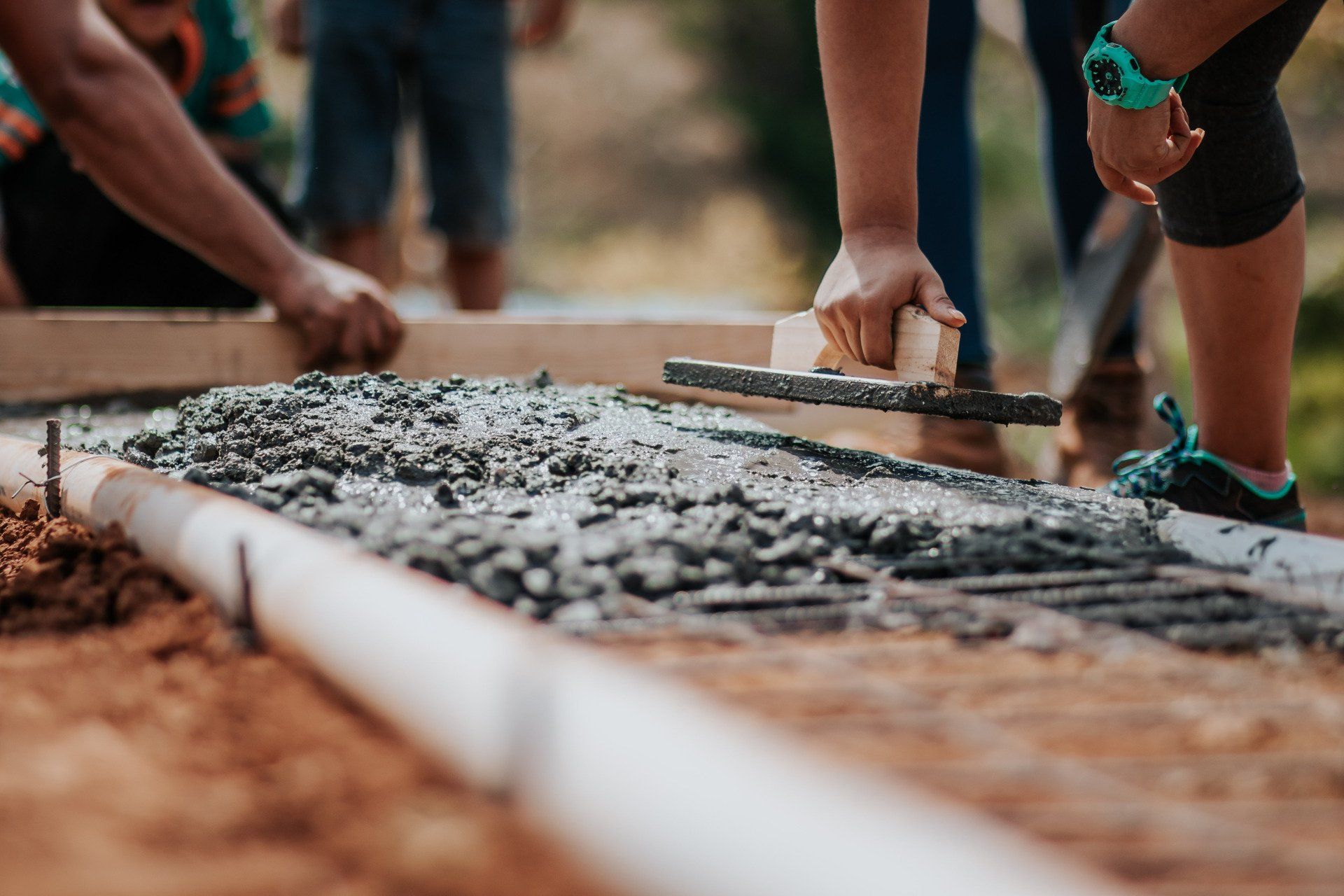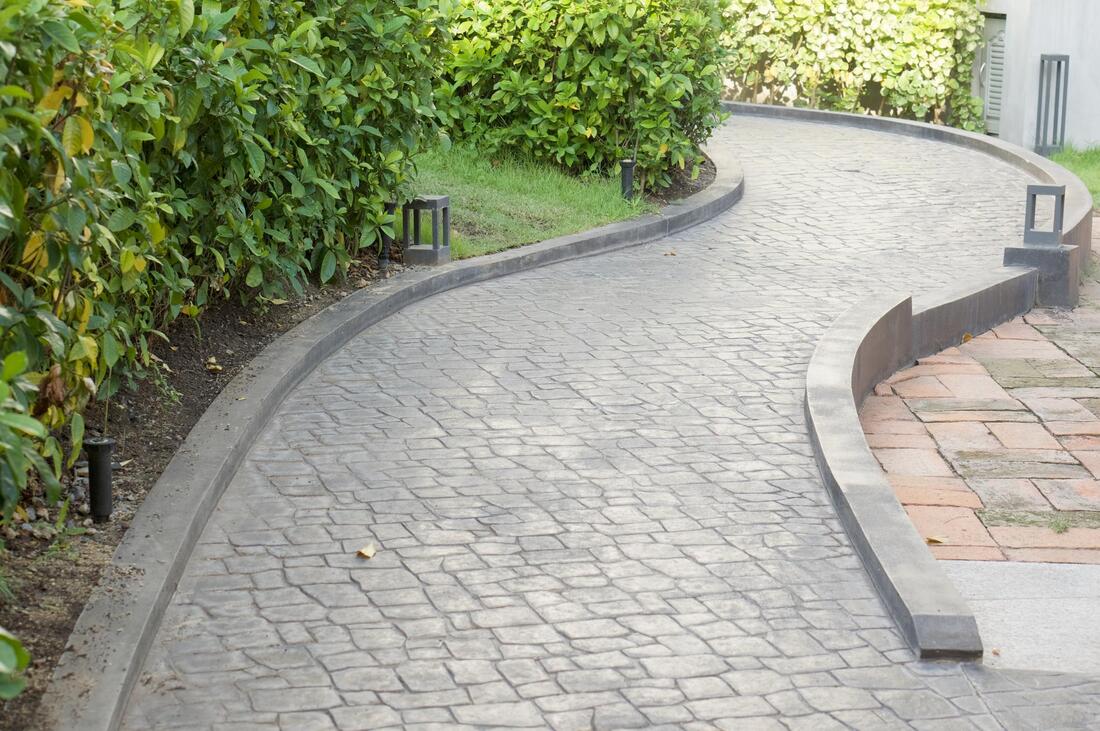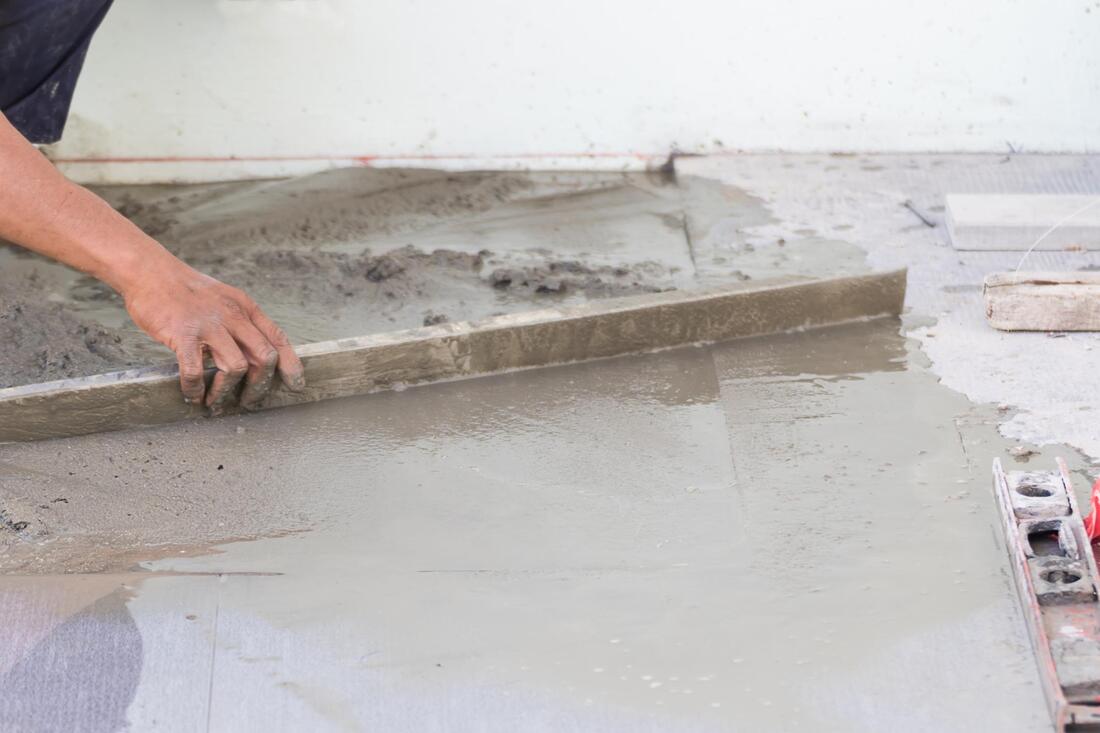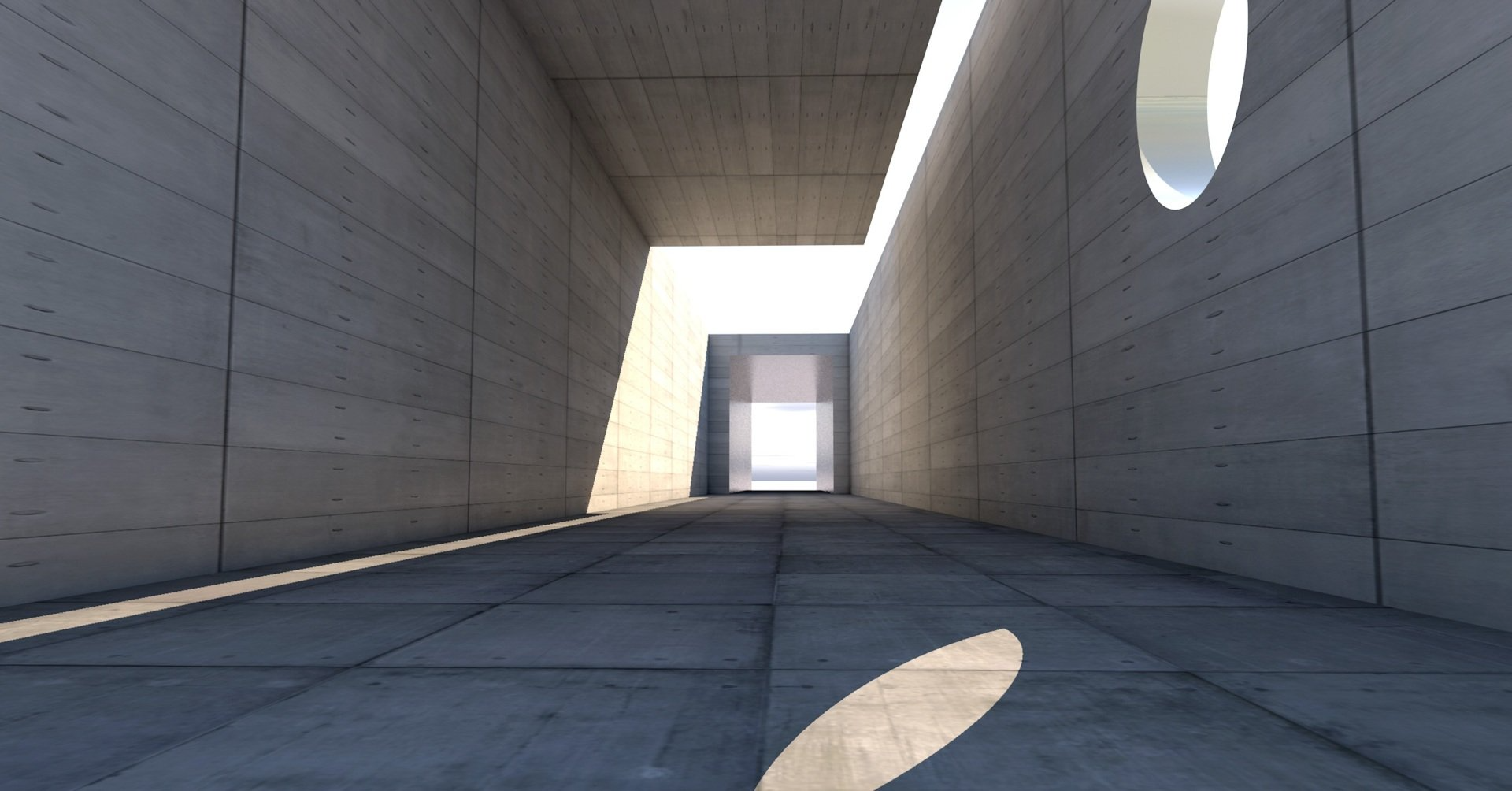Retaining Walls: Step-by-Step Guide
Our step-by-step guide on building retaining walls.

When building a retaining wall for your commercial or residential property, it's important to choose the right type of concrete.
1. Determine the purpose of the retaining wall and its dimensions. This will help you determine the size and strength of the wall you need. When you look at building codes, you will find that the most common type of retaining wall is a gravity wall. This means that the weight of the soil and materials above it is used to hold the wall in place.
2. Choose a suitable location for your retaining wall. You will need to have plenty of space to work, and you should also take into account the grade or slope of the land. The wall should be perpendicular to the grade, and it's best to consult with an engineer to determine the correct height and width of the wall.
3. Excavate the area where the retaining wall will be built. Use a level to make sure that the ground is flat, and then remove any excess soil. Be sure to save this soil for later, as you will need it to fill in the area behind the wall.
4. Construct your forms. You can buy pre-made forms or make your own from lumber. The forms should be the same height as the finished wall and should be securely fastened together.
5. Pour a layer of concrete into the forms and use a trowel to smooth it out. Be sure to work quickly, as the concrete will start to set up pretty quickly. Once the first layer is set, add another layer and continue until you have reached the desired height.
6. Allow the concrete to dry completely before removing the forms. If you are using a retaining wall block, you can start laying blocks once the concrete has set up for about an hour.
7. Fill the area behind the retaining wall with the saved soil. This will help to stabilize the wall and prevent it from toppling over. Hardscape material, such as gravel or crushed stone, can also be used to fill the space.
8. Inspect the retaining wall regularly and make any necessary repairs. The wall should be checked for cracks or other signs of damage, and it's important to address any problems right away.
9. Maintain the retaining wall by periodically cleaning it and applying a sealant. This will help to protect the concrete from weathering and staining.
10. Enjoy your beautiful new retaining wall! We hope you've found this guide helpful. Our experts are always here to help with any questions you may have. Retaining walls are a great way to add value and beauty to your property - call us today to learn more about creating the perfect wall for your needs.
This concludes our 10-step guide on how to build a concrete retaining wall. We hope you found it helpful - be sure to call us today for more information.









